Bromoil Object View
The primary support is bromide paper, a fiber based silver gelatin developing out paper. Heavier weight papers with smooth surfaces were recommended for best results when printing. Because the process relied on the swelling of gelatin in water, papers containing hardeners or an overcoat could not be used. As bromoil printing gained popularity, manufacturers began to produce special papers.
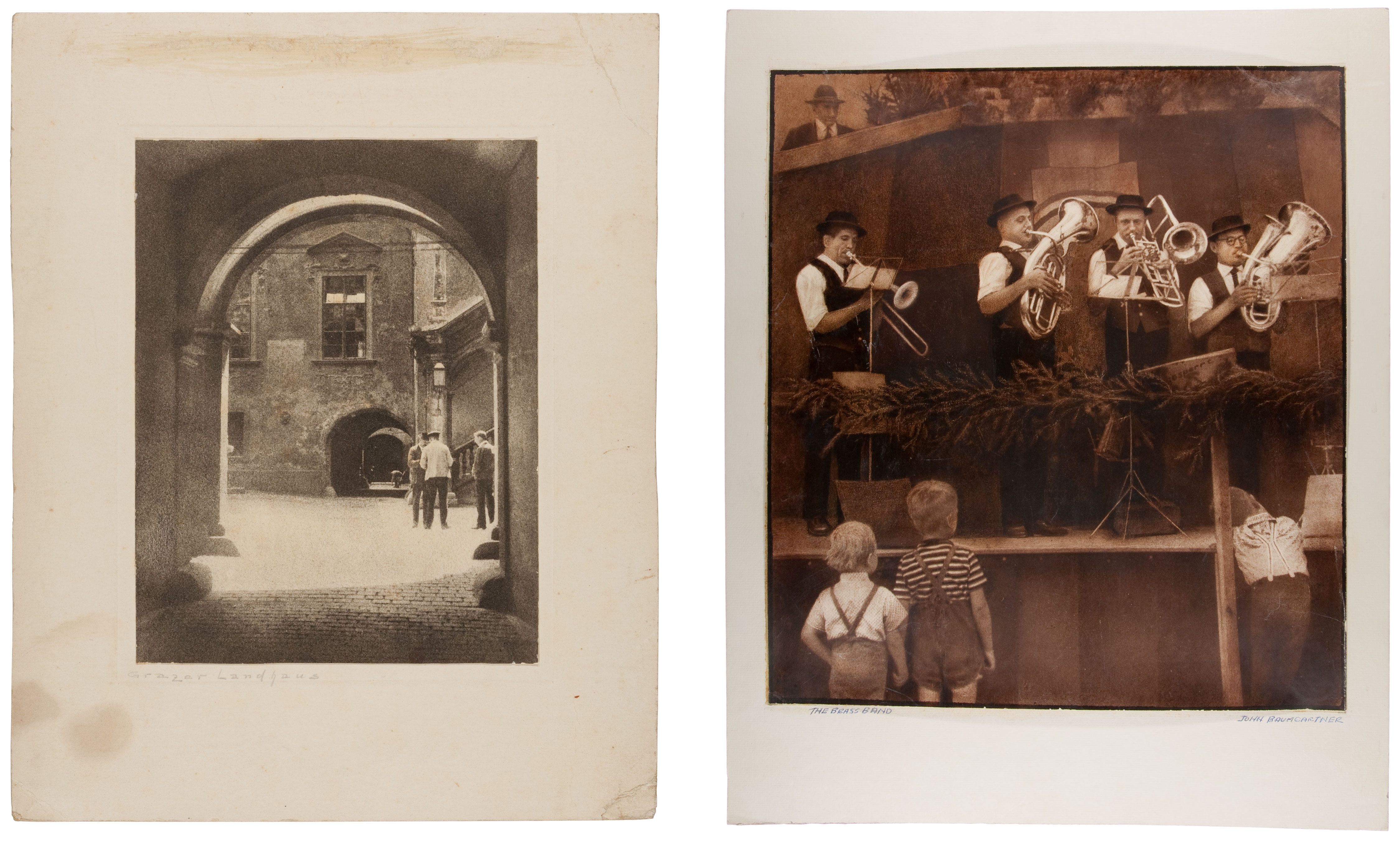
Bromoil prints on bromide paper support.
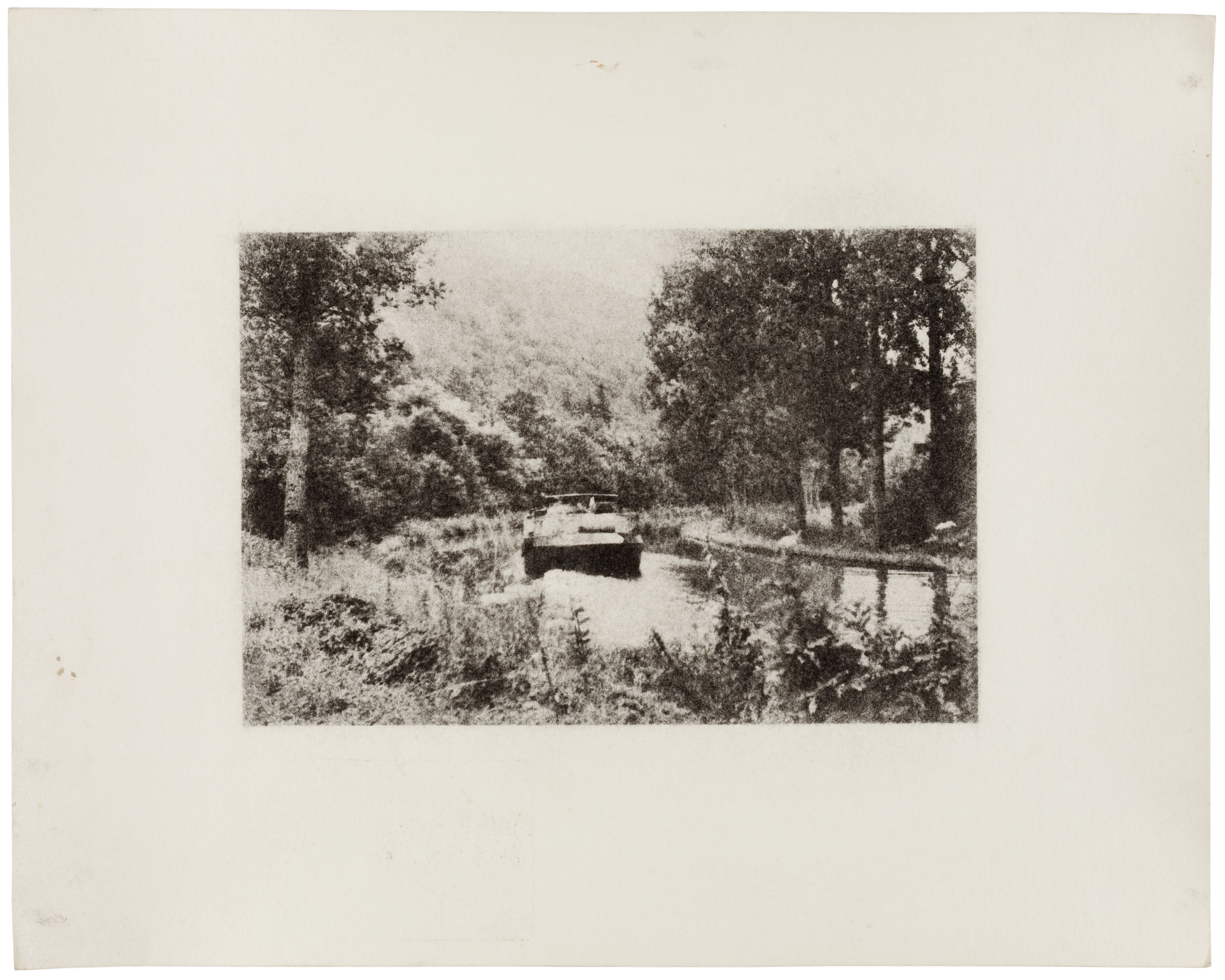
Bromoil print on Luminos Classic Charcoal R Fiber Base paper. (courtesy of Annette Norman)
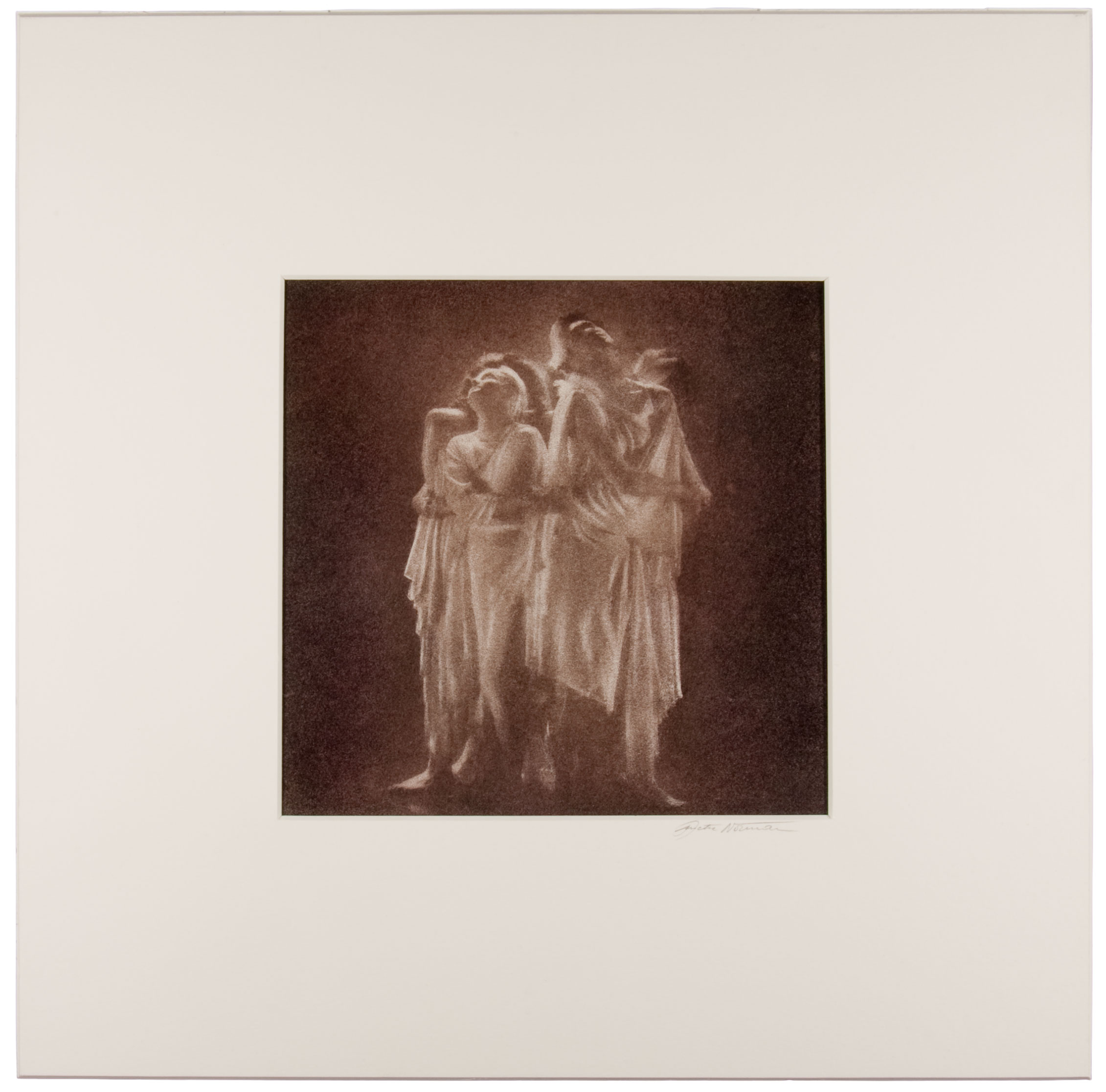
Bromoil print on Agfa Multicontrast Classic fiber base paper. (Courtesy of Annette Norman)

Heavier weight papers were recommended. Prints with a heavy weight paper may tend to curl slightly.
Bromoil originally used greasy lithographic inks until manufacturers began to produce pigment-based inks (similar to lithography inks) specifically for the process. A variety of colors, which could be mixed with one another, were commercially available. Prints are typically monochromatic. Rarely, two or more colors were applied to a single print. Ink was applied to a wet gelatin relief with high quality brushes. The resulting images are characterized by their soft appearance and photographic tonal range. Pigment particles may visible without magnification.
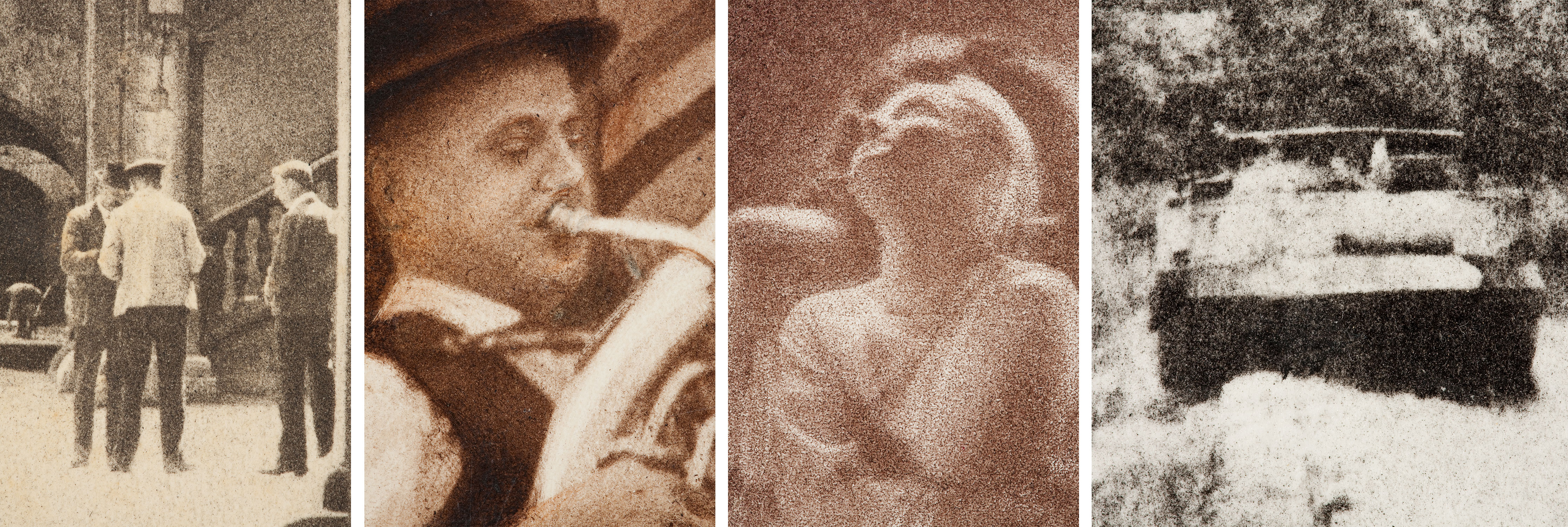
Bromoil prints have a soft image quality and may be printed in any color ink.
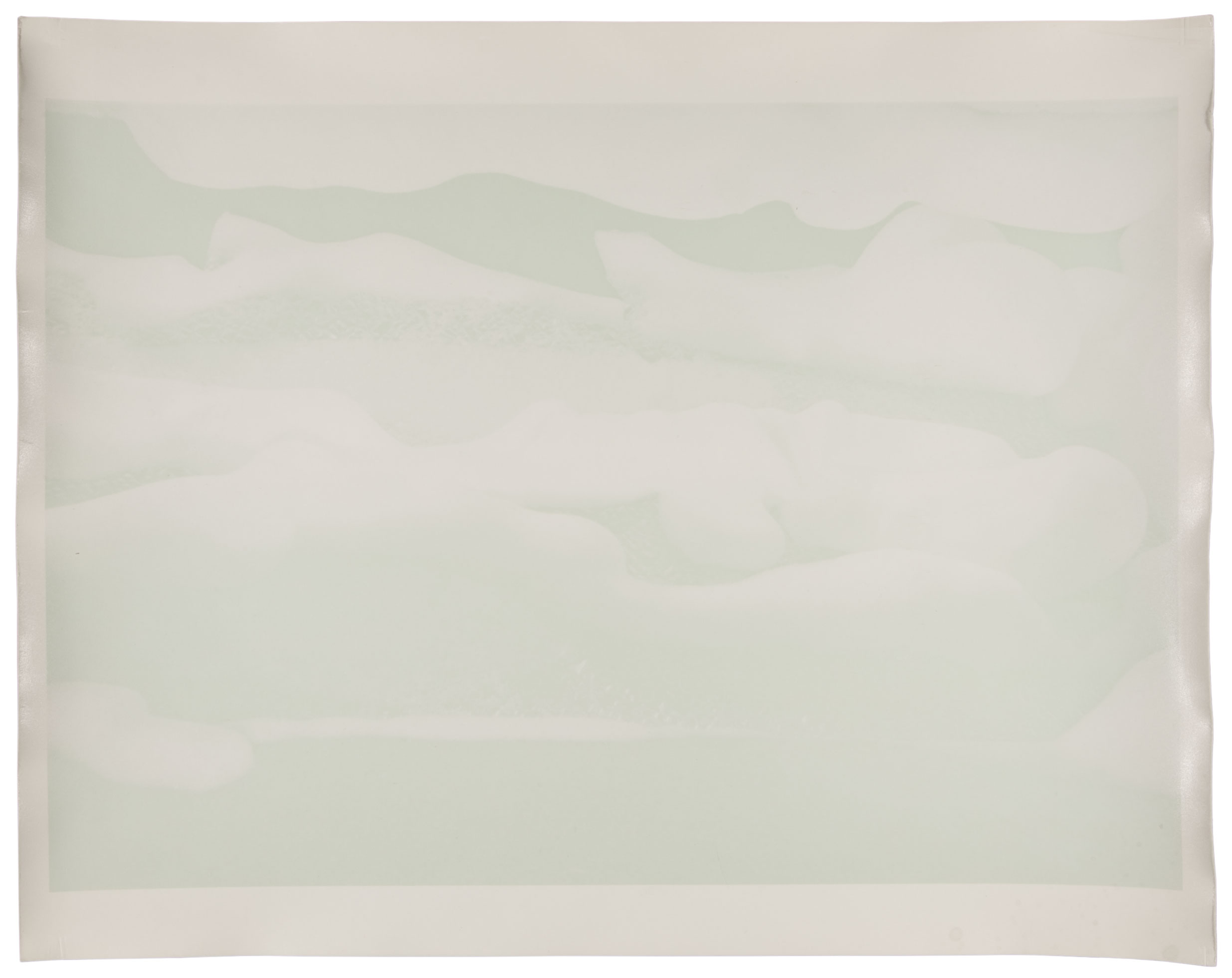
Example of a bleached print prior to the application of ink. (Courtesy of Annette Norman)
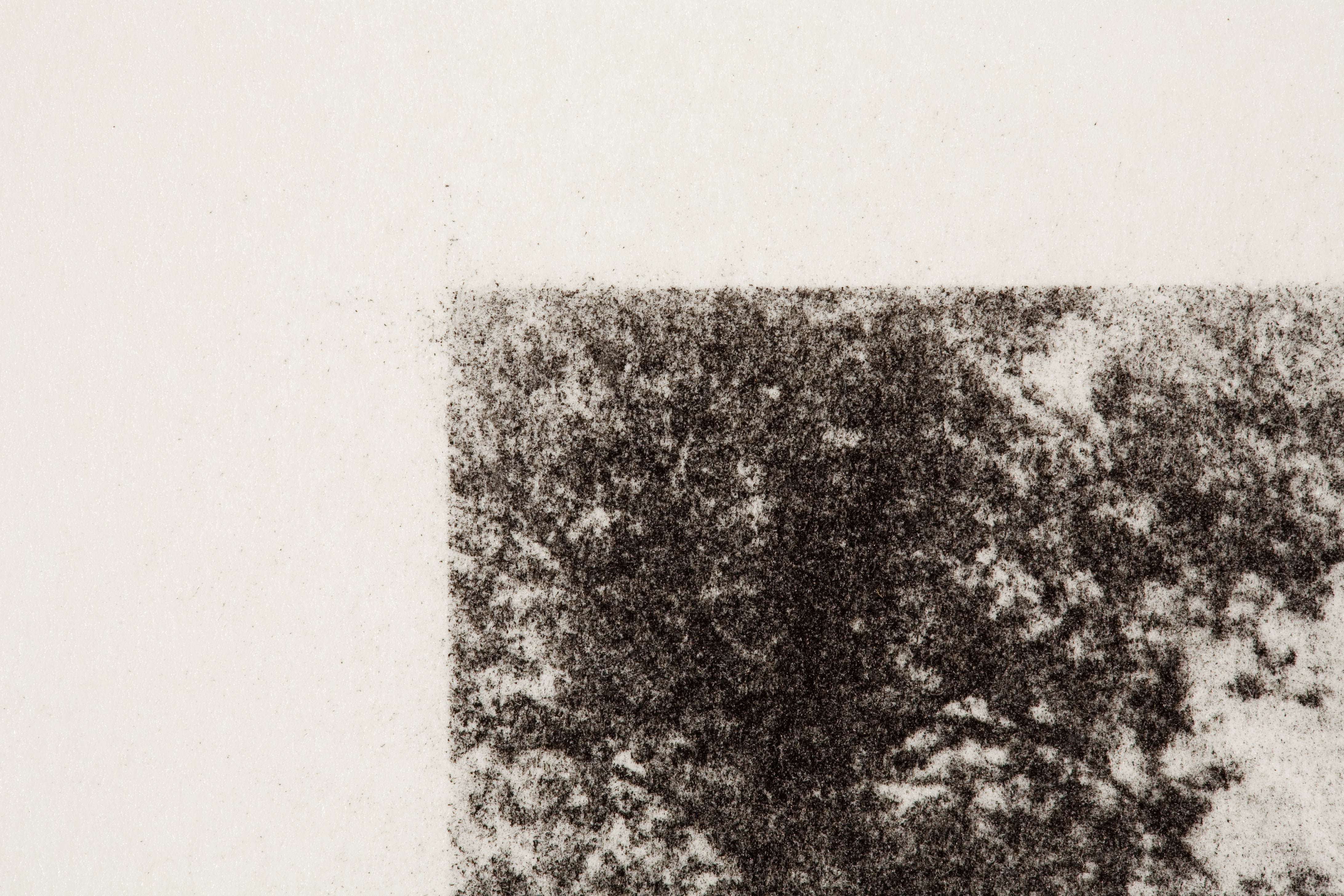
Pigment particles visible in non-image area.
Because bromoil prints could be made via contact printing and enlargement, prints will be a variety of sizes. Prints may be mounted to a secondary support.
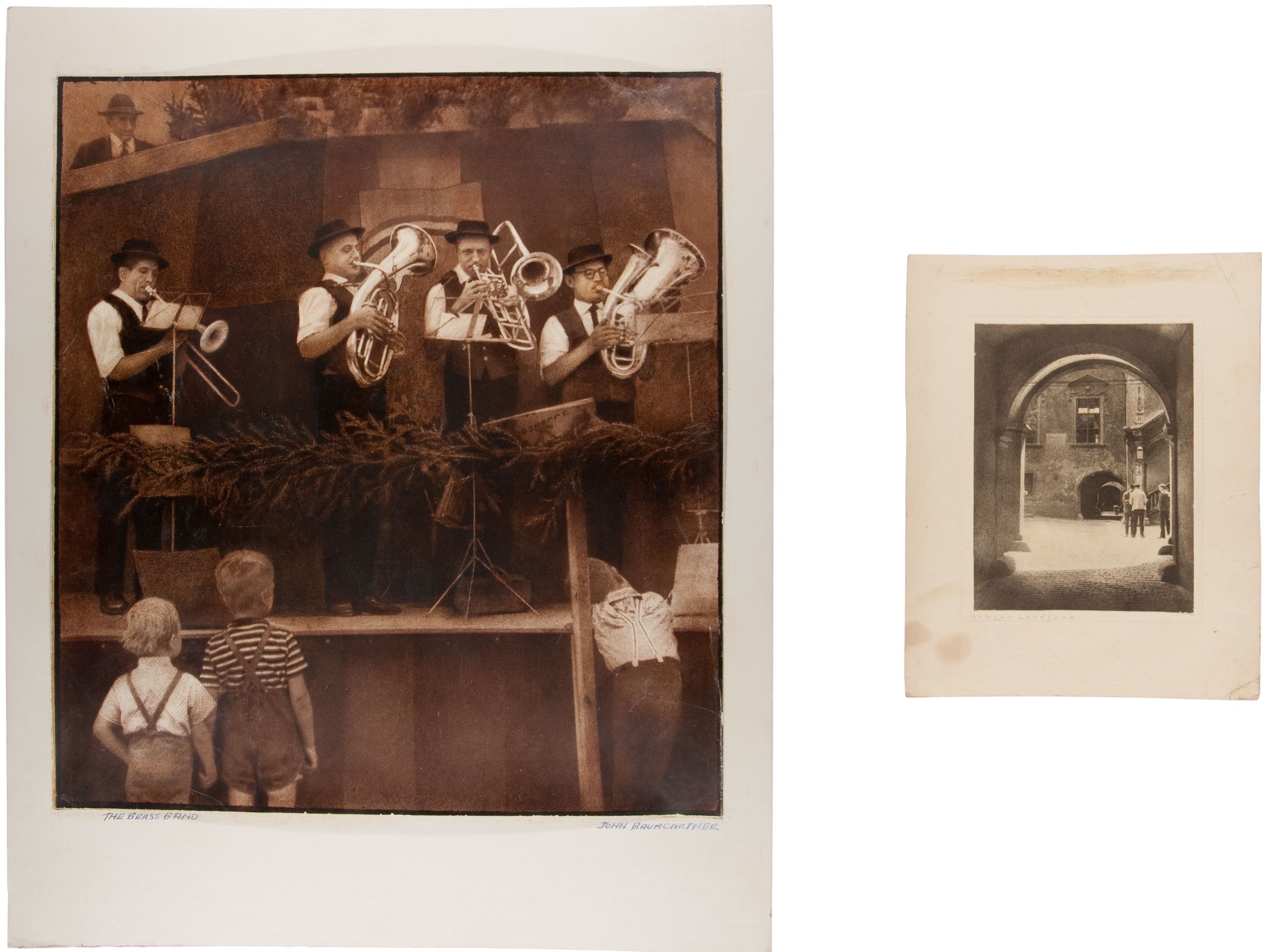
Prints can be a variety of sizes. These prints have been mounted to secondary supports.
The bromoil process allowed printers a large degree of control over the final appearance of the image. Overall image quality could be manipulated by a variety of inking techniques. Detail and corrective retouching could be achieved by removing pigment by blotting with paper or a sponge or applying benzene with a cotton swab. Highlights and detail were added or enhanced with sharp tools such as scalpels. Irregularities could be retouched with watercolor or carbon pencils.
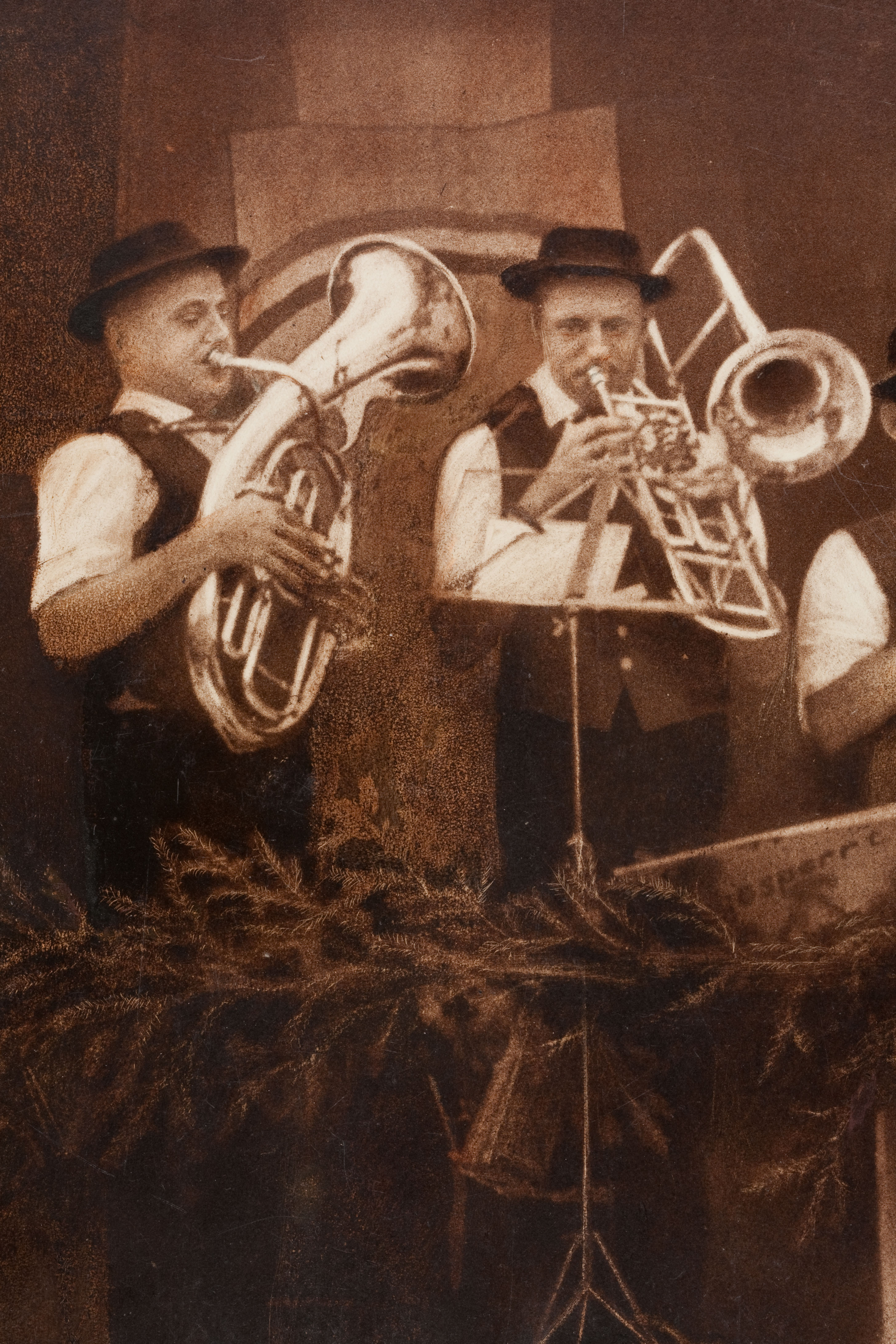
This bromoil print has been heavily retouched by the artist.
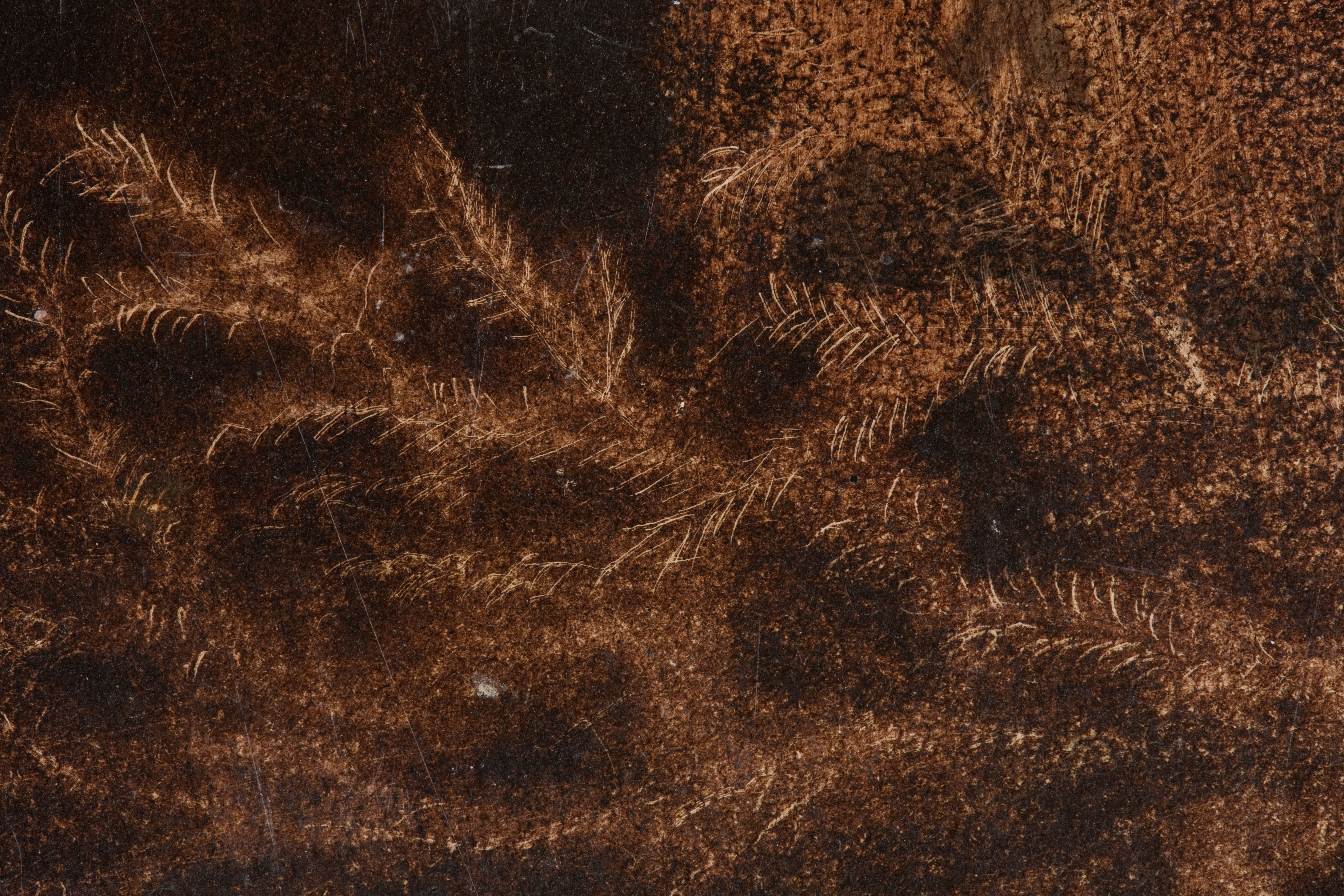
Detail has been added by scraping away ink with a sharp tool.
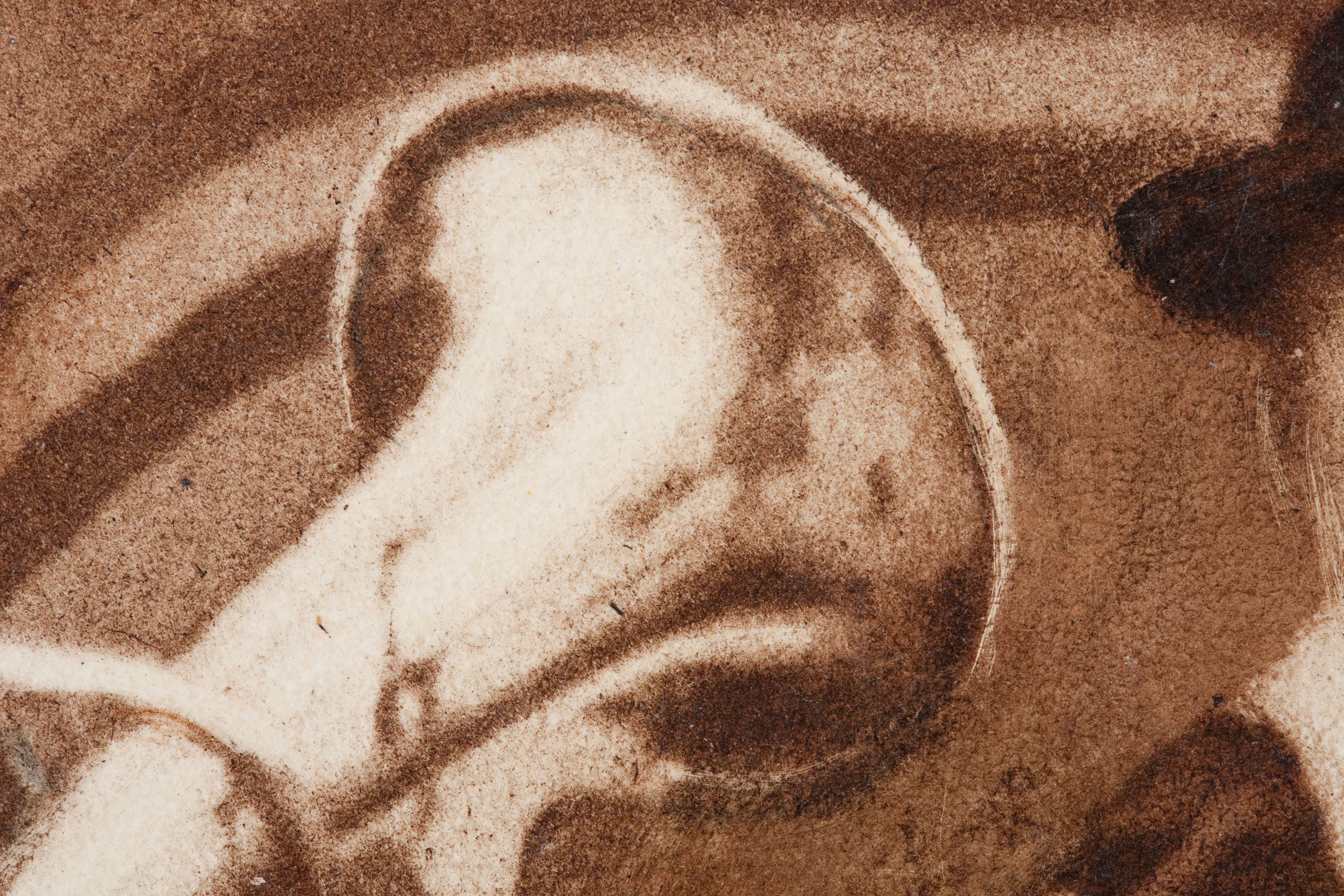
Pigment has been removed to enhance the highlights.
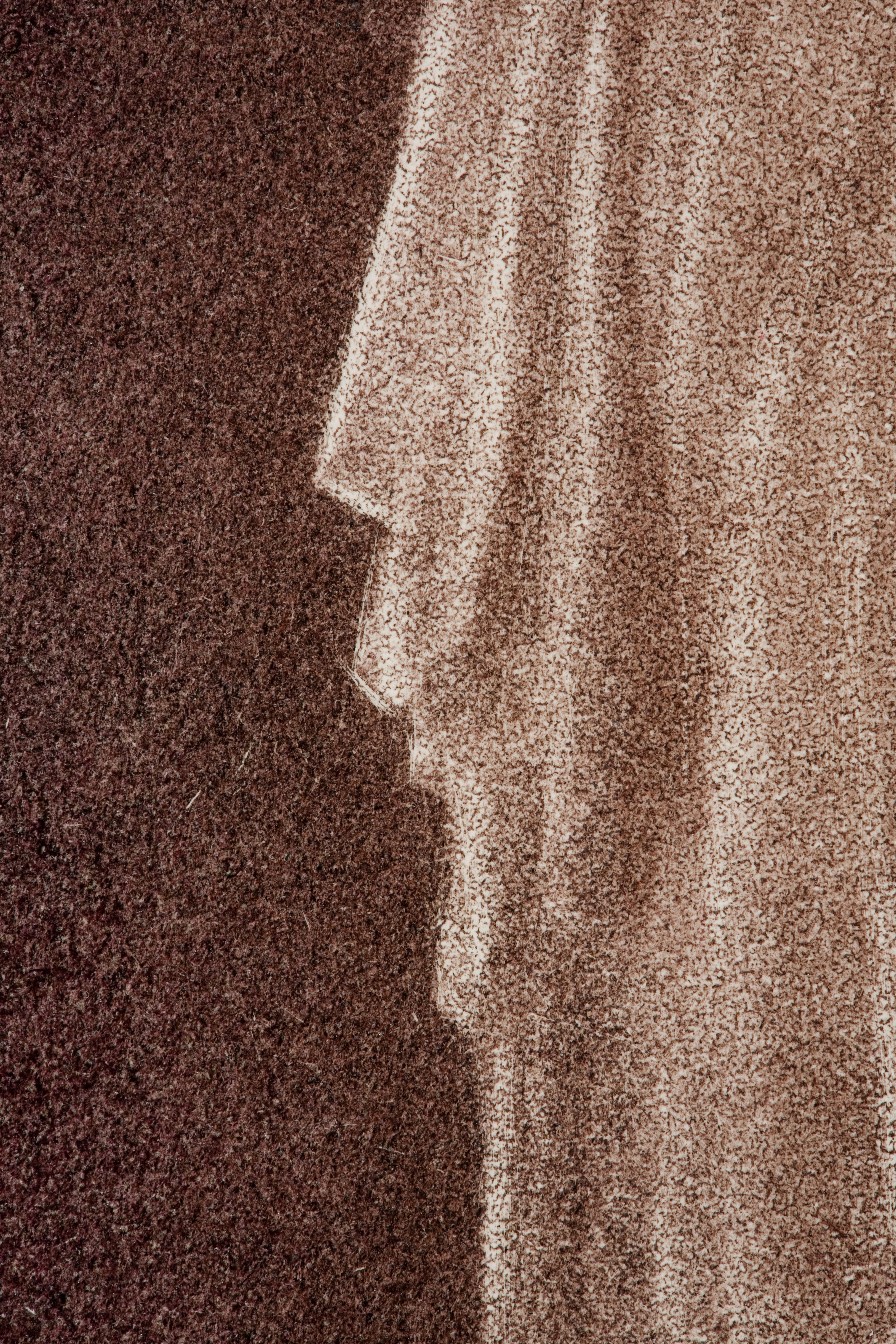
Highlights have been enhanced.
This process was primarily used by artists. Prints may be signed, titled, or dated.
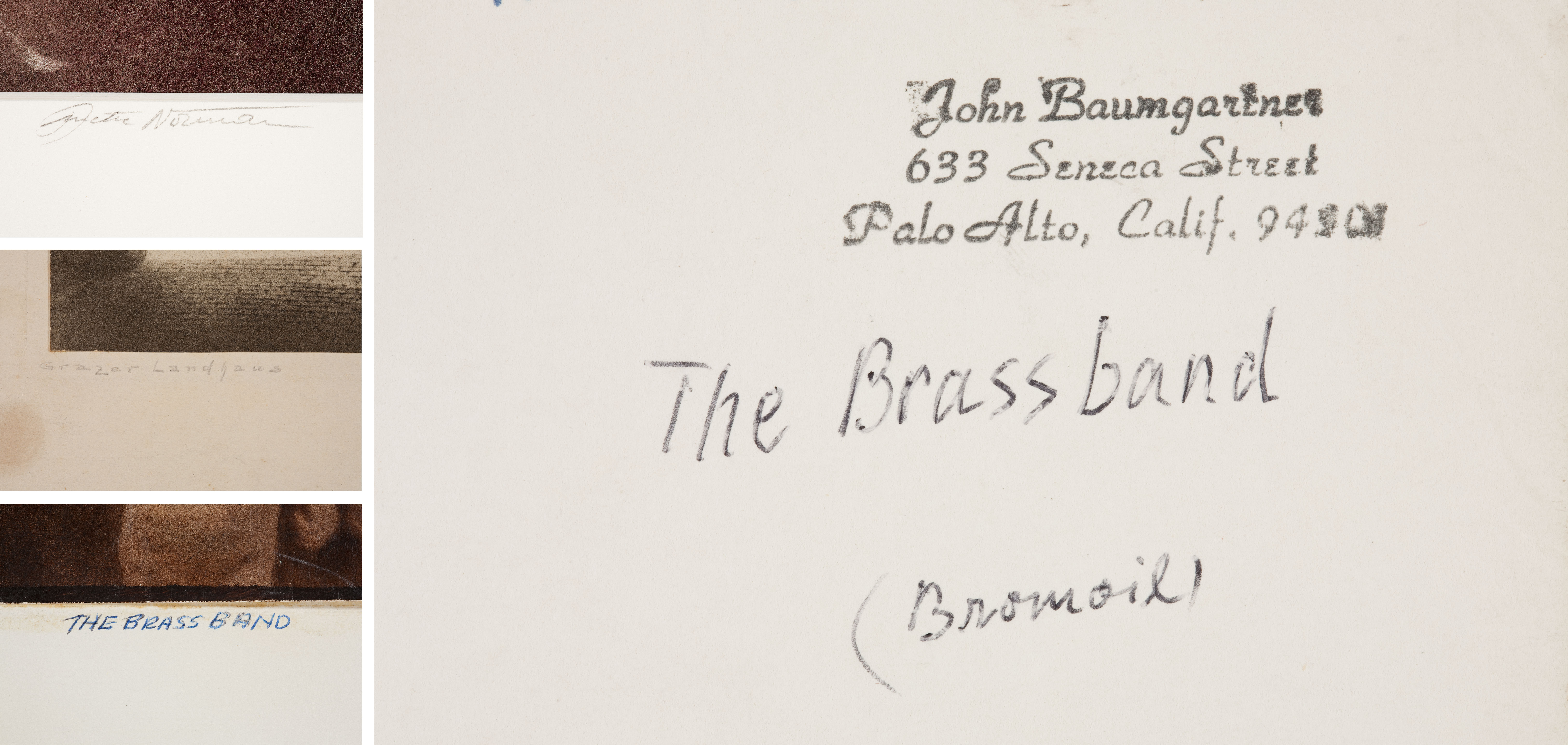
Prints may be signed, titled or dated.